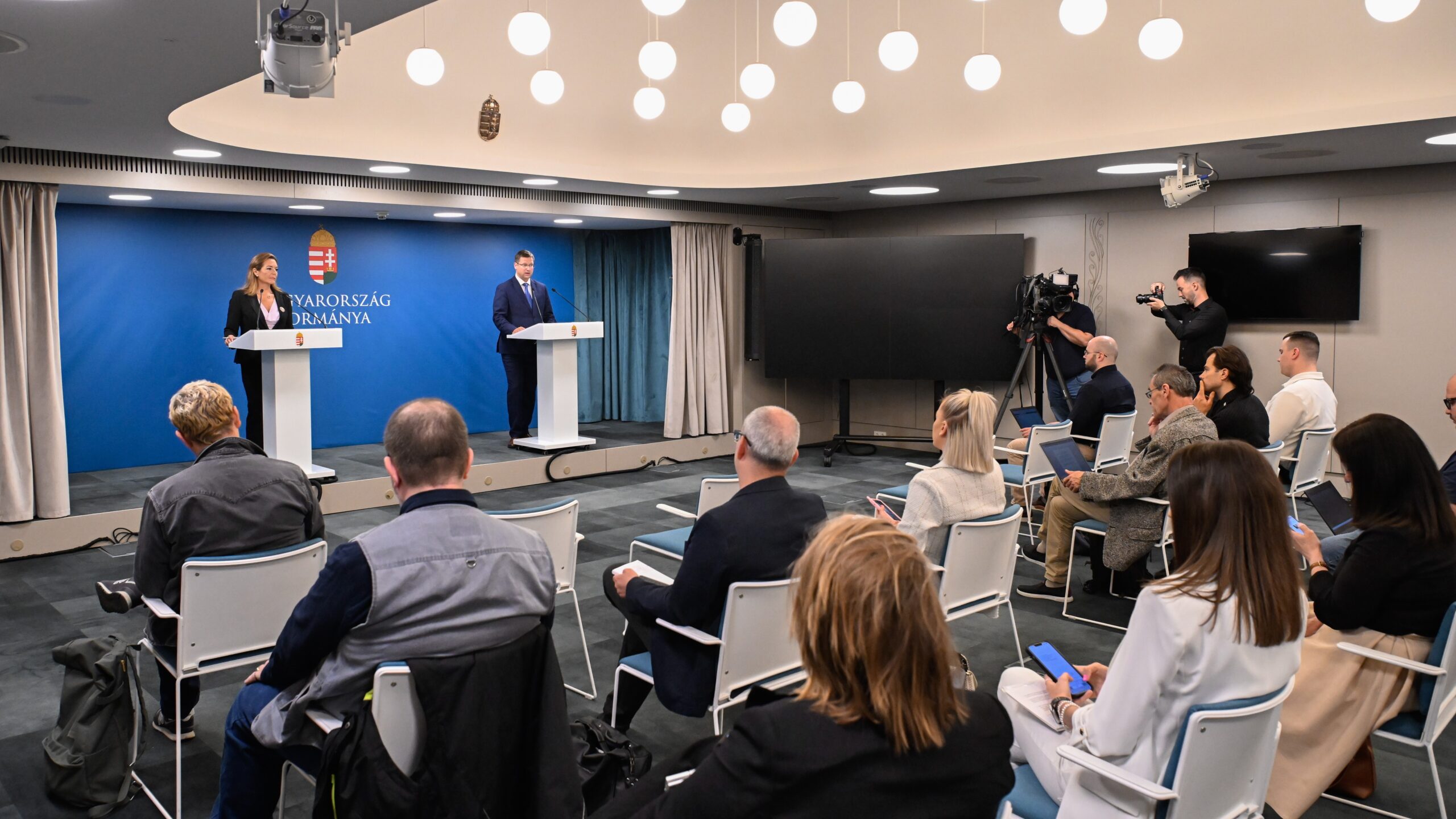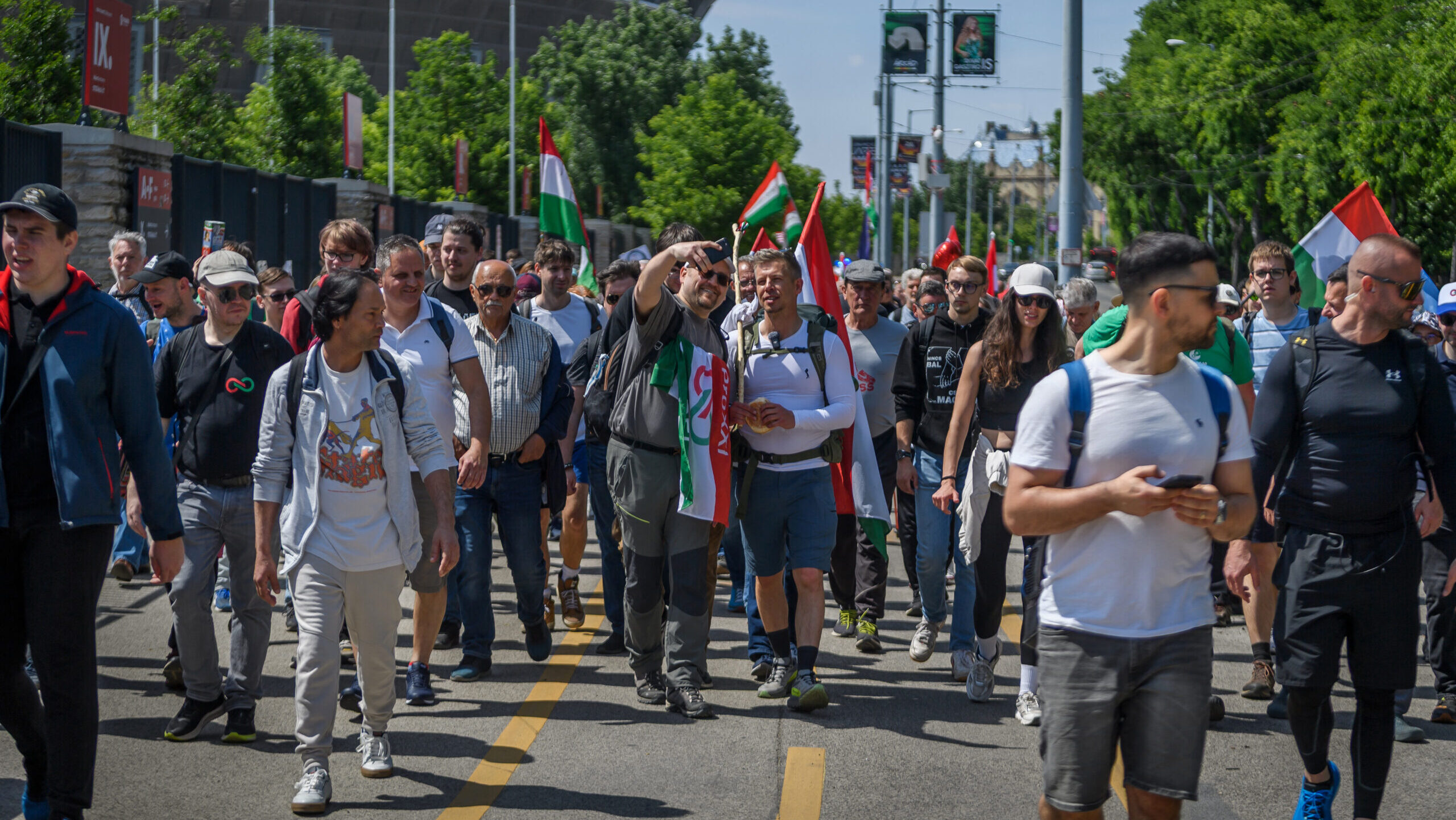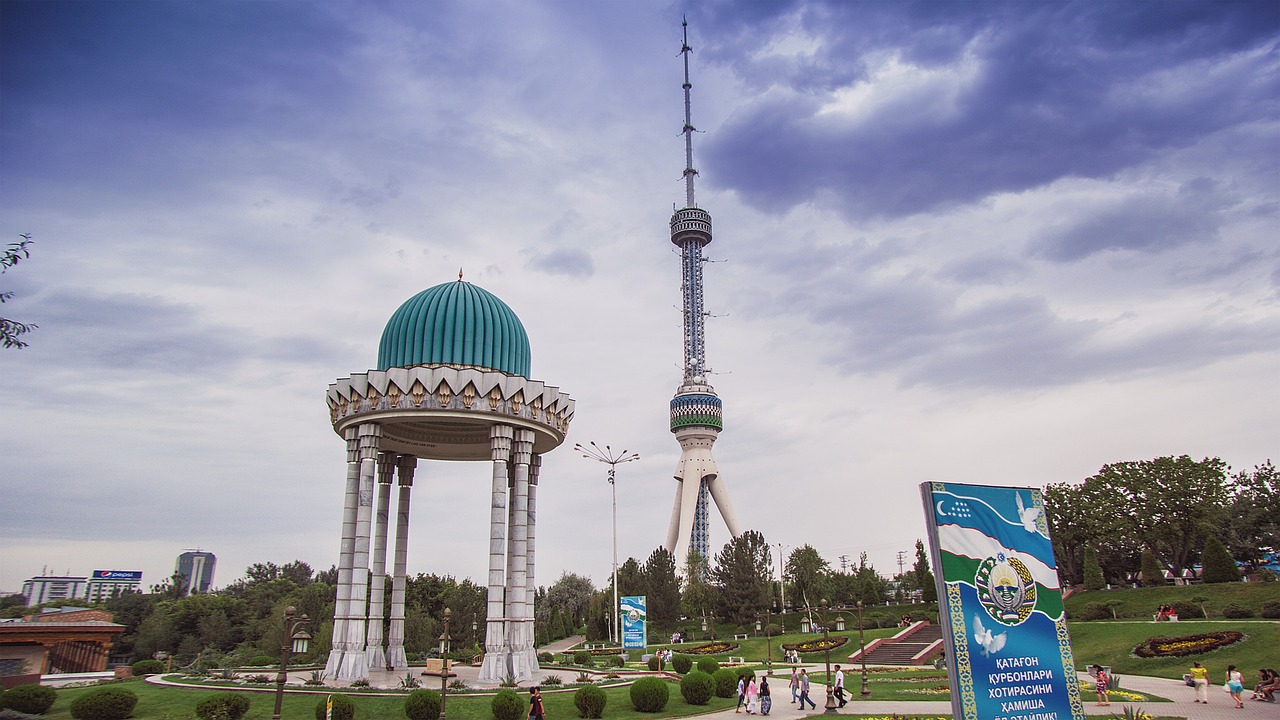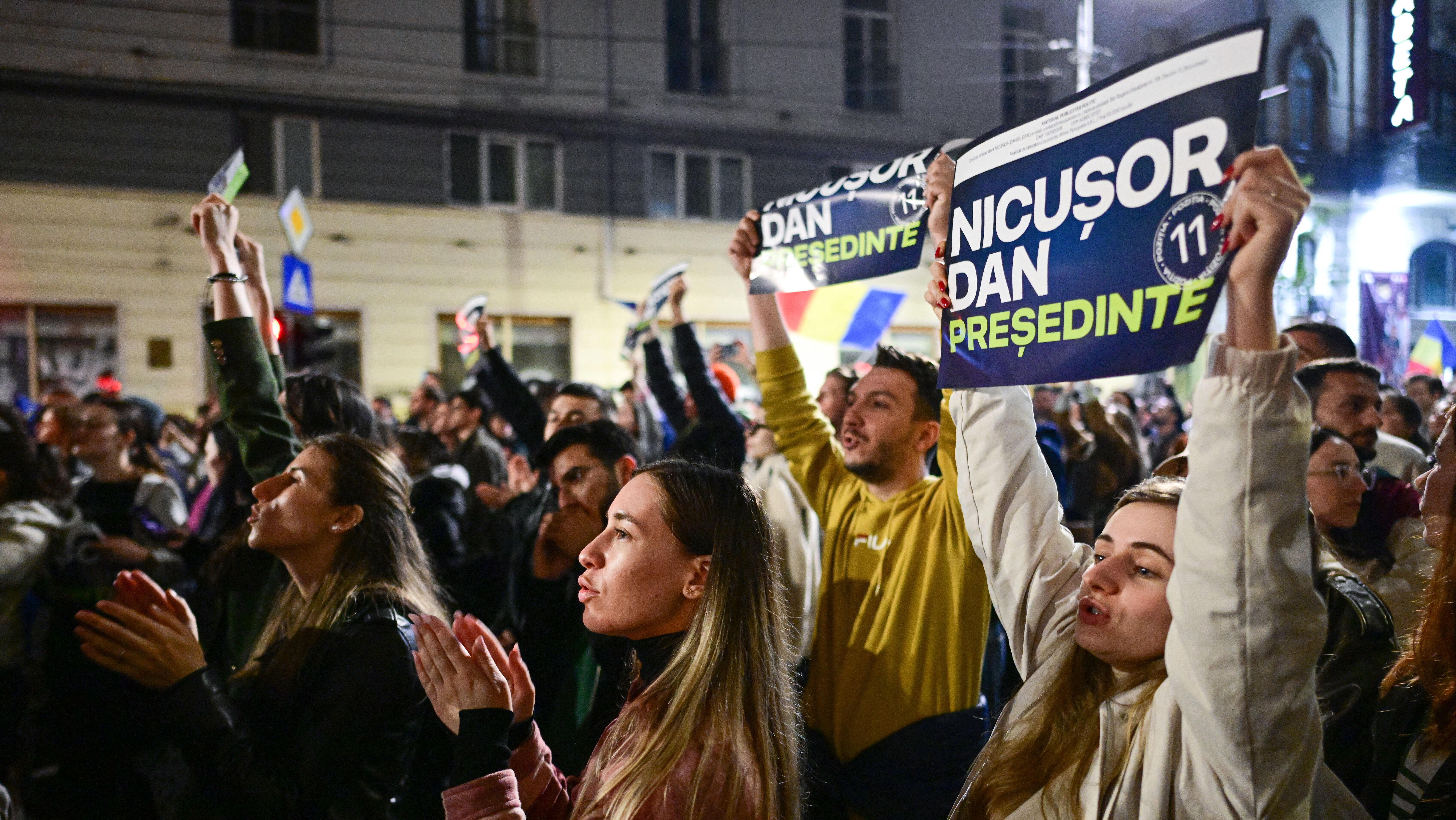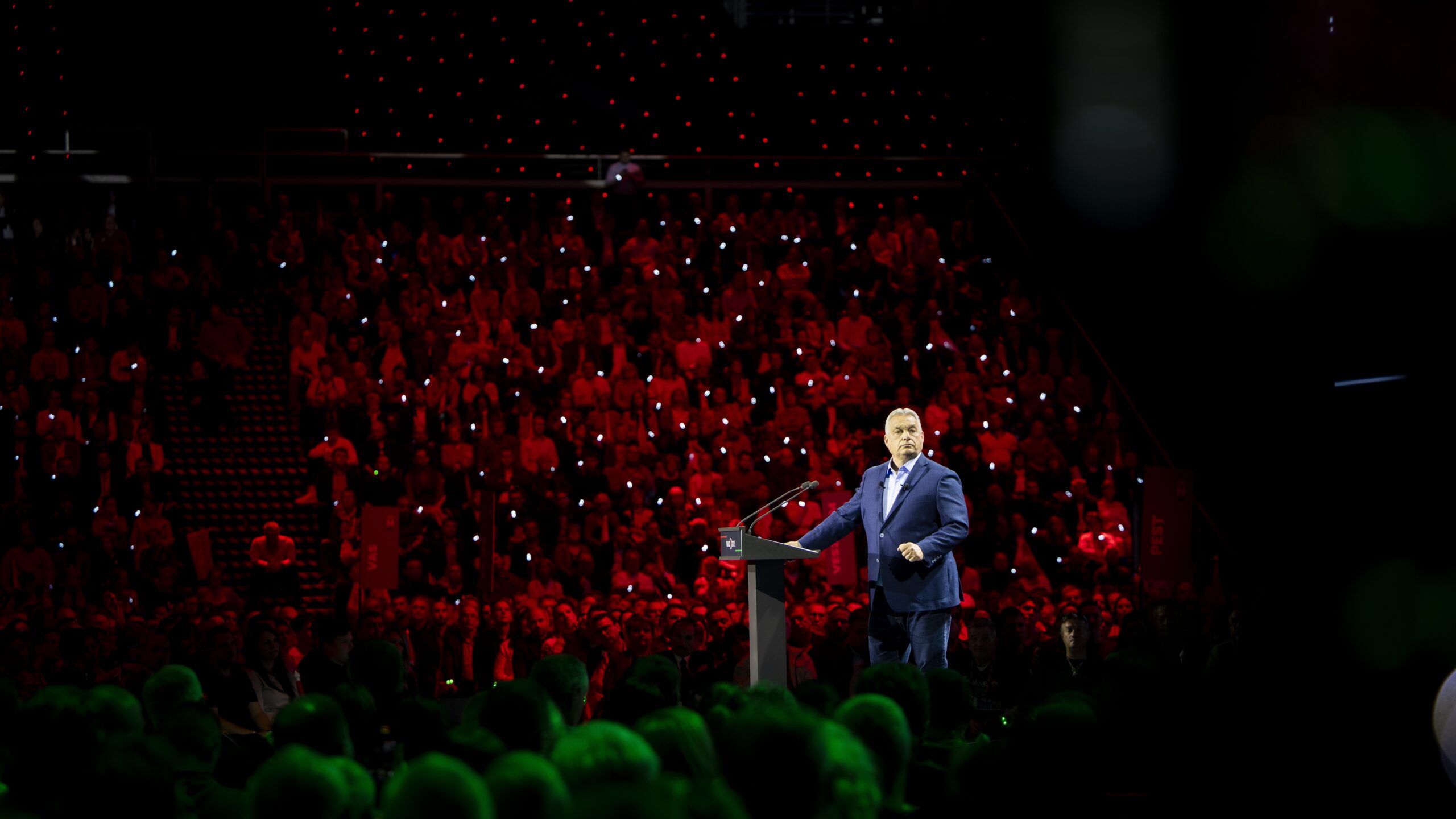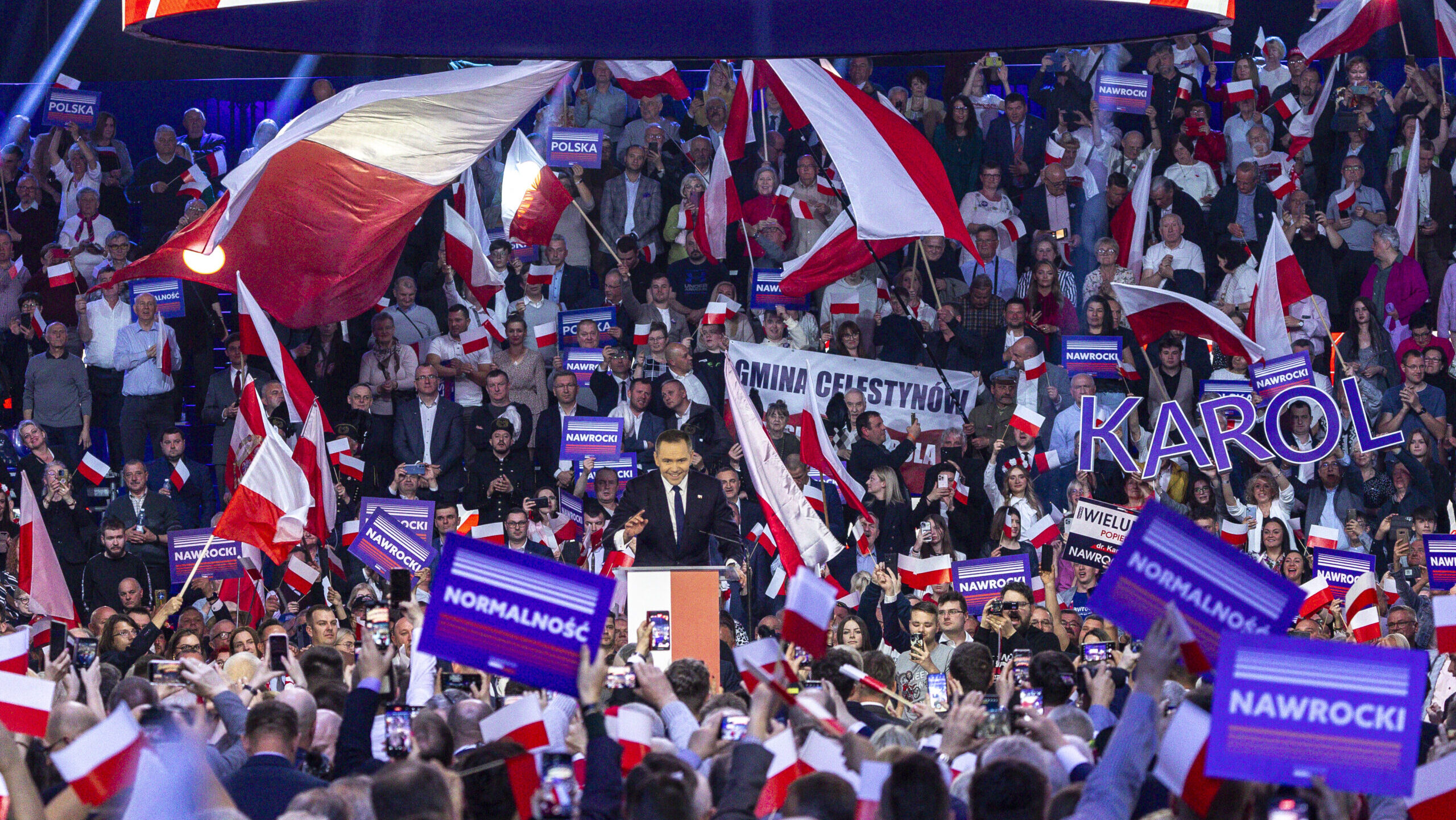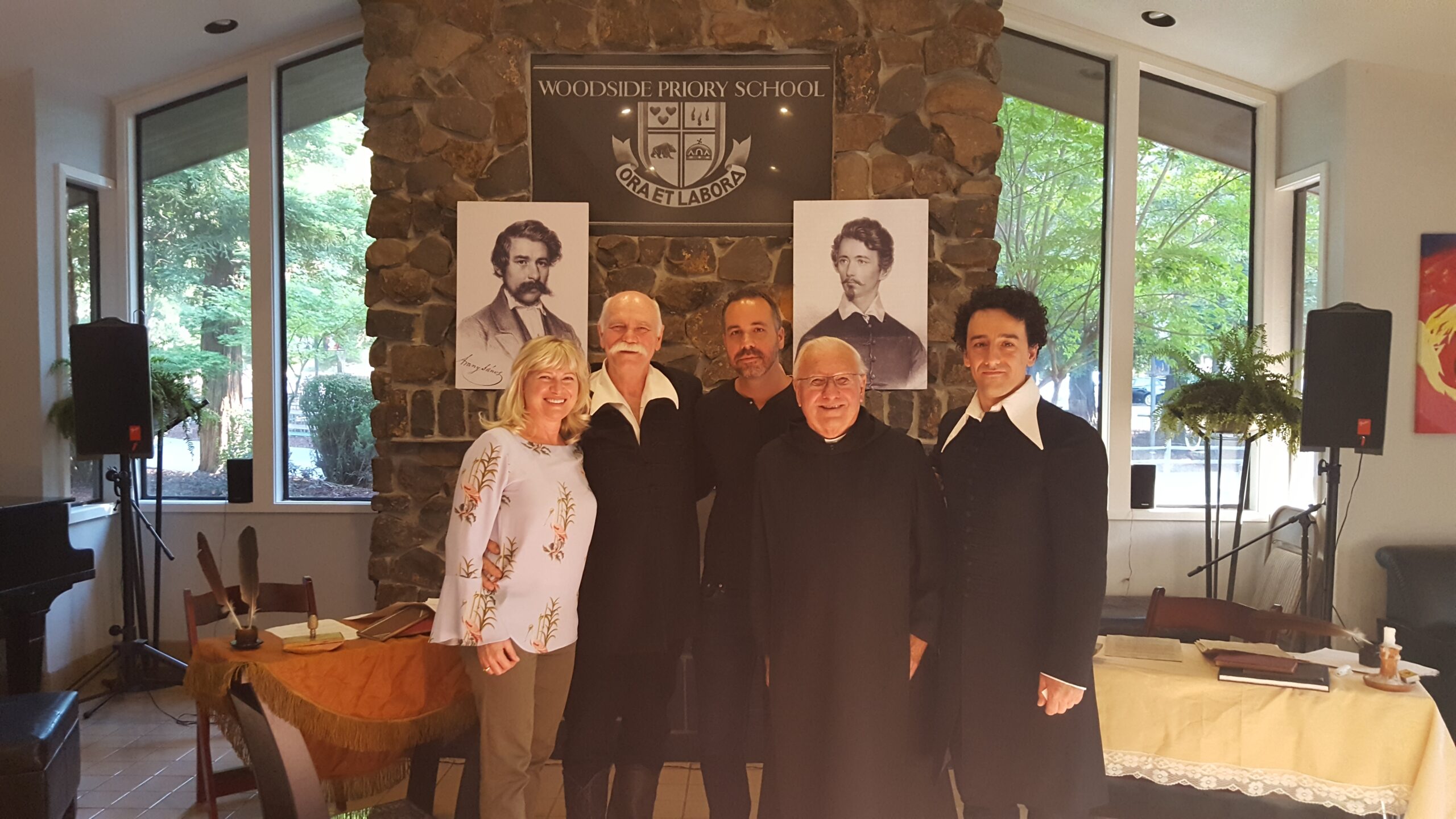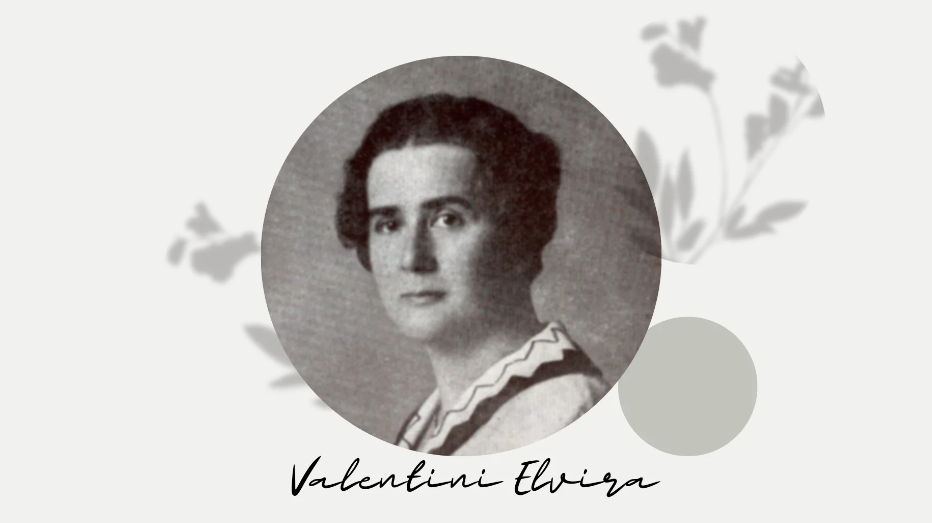
A Teacher from Kolozsvár, One of Our First Female Scientists — The Story of Elvira Valentini
‘[Elvira Valentini] had always been interested in the flora of the Balkans…She thought that in Fiume, after teaching, she would explore the countryside and continue her scientific work. But that was not to be. A few months later, war broke out, and her family called Elvira home, asking her to stay there. The shot fired in Sarajevo thus marked not only the beginning of the First World War, but also the end of an ambitious Hungarian woman’s scientific career.’


